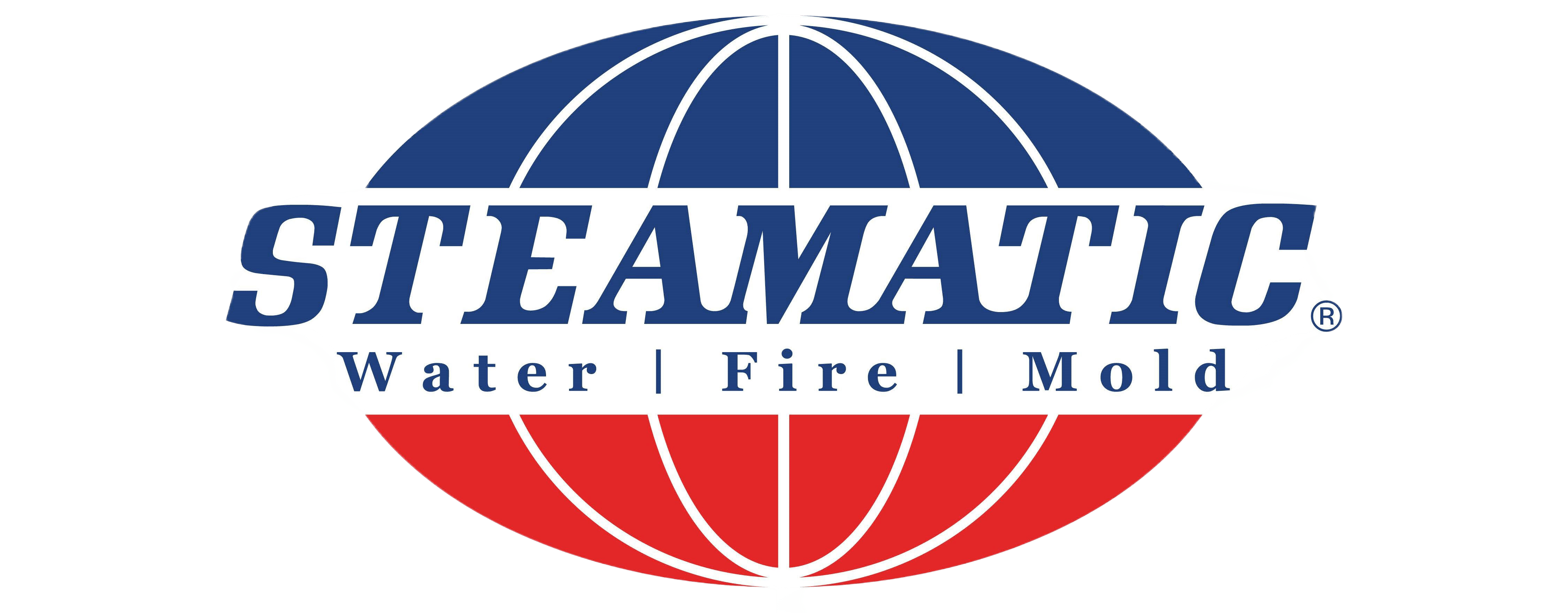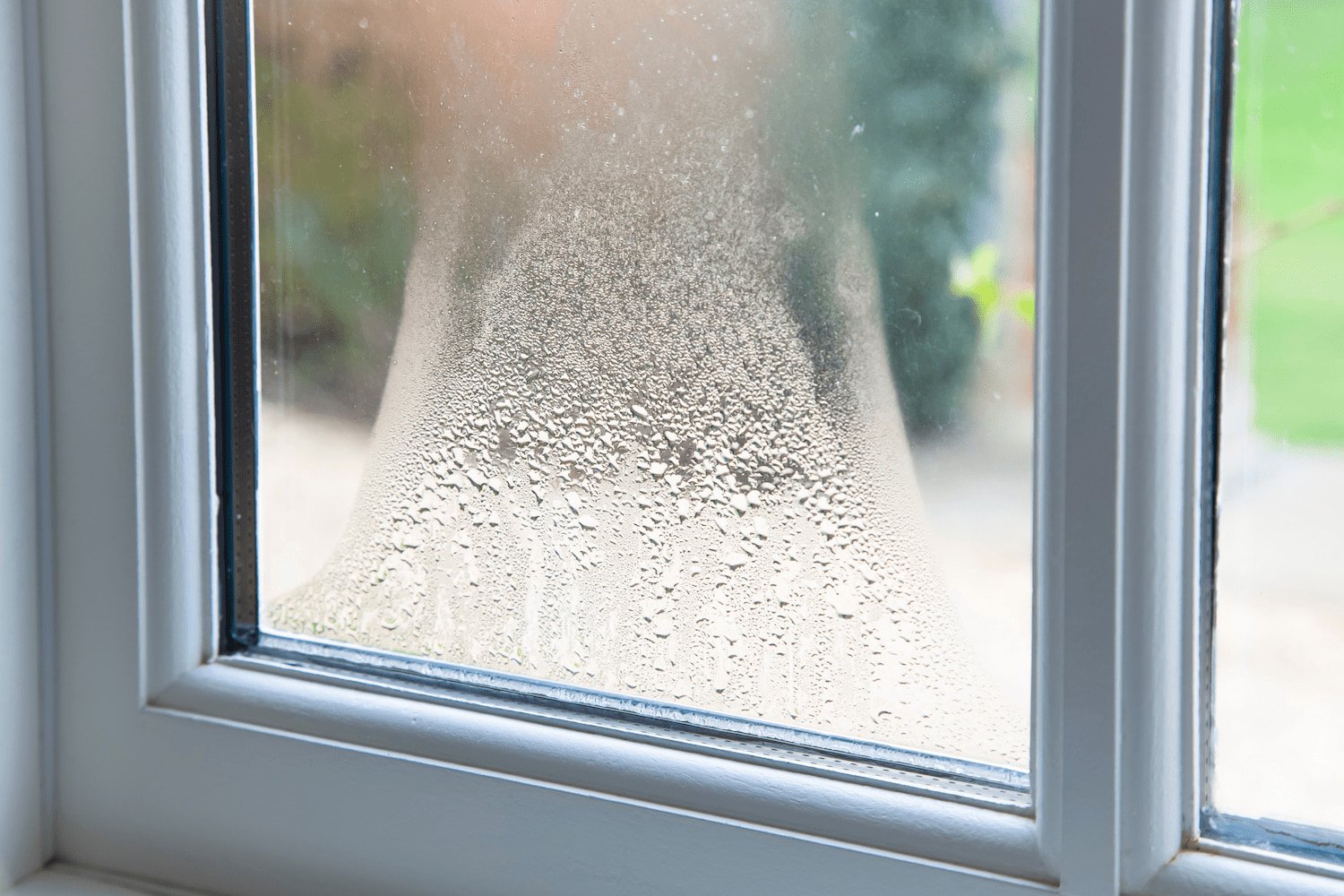Updated: April 24, 2024
North Dakota has a humid continental climate, and Grand Forks and Fargo are among the most humid places in the state. Excessive moisture is a major problem many residents, especially in the Red River Valley region, have to deal with.
Unfortunately, a house’s high humidity can cause many issues, including structural damage, pest infestations, and mold growth, which can compromise air quality and endanger your health. In this article, we equip you with information on how to get rid of moisture in your house. You will also learn how Steamatic of Red River Valley can help.
Tips to Remove Excess Moisture
Humidity is an important element in the atmosphere. However, excessive moisture inside the house can be harmful in many ways. For optimal air quality, humidity should always be kept at the right levels.
If you struggle with high humidity in your home, here are some tips to eliminate the excess moisture.
- Fix water leaks: Leaky pipes, tubs, faucets, and sinks, as well as water seepage into the basement due to poor landscaping, can lead to excessive moisture. Always fix leaks and seepage as soon as you notice them.
- Use exhaust fans: Control humidity in areas prone to excessive moisture, such as the bathroom and kitchen, using exhaust fans.
- Improve circulation: Use fans to improve circulation in rooms. Opening doors between rooms can also enhance circulation. Also, open windows whenever possible to let in fresh air.
- Waterproof basement walls: Waterproofing keeps water from seeping through, helping regulate humidity.
- Use dehumidifiers and air conditioners: Dehumidifiers and air conditions are an excellent fix for reducing moisture. Dehumidifiers remove the humidity without cooling the house, while air conditioners cool and remove excessive moisture.
Dehumidification Services
The above tips are best practices to keep your house’s humidity under control on a day-to-day basis. However, if you are already battling with excessive moisture following a flooding incident or a leaky roof or basement, it is advisable to seek dehumidification services.
Dehumidification means removing moisture from the air. Steamatic of Red River Valley offers a range of dehumidificationservices, including:
- Extracting standing water
- Drying structures
- Stabilizing the environment
Service providers may employ different methods of dehumidification. For instance, at Steamatic of Red River Valley, we utilize refrigerant and desiccant dehumidification methods. A normal dehumidification service starts with extracting water from structures using vacuums. Once the surfaces are dry, dehumidifiers are then used to reduce air humidity.
A piece of dehumidification equipment has a fan that draws air in. The air passes through cooled coils, condenses, and water collects into a drip pan. A heat recovery system heats the air and releases it to the room drier, lowering the humidity. The dehumidifier runs until it achieves the right humidity level in the room.
In addition to removing excessive moisture from your house, Steamtic of Red River Valley will also help you implement best practices to prevent high humidity in the future.
Benefits of Removing Excess Moisture from Your Home
There are multiple benefits of removing excess moisture from your home. Here are a few examples:
- Removes mold-caused musty odors
- Improved air quality for families
- Prevents damage to furnishings and décor
- Eliminates dust mites and allergens
- Prevents warping and rusting on metals and wood
- Protects electronics from moisture damage
Steamatic of Red River Valley Can Help Lower the Amount of Moisture in Your Home
Excess moisture in your home is harmful in many ways. Besides affecting the air quality and increasing your susceptibility to infections, it can cause structural damage to your home and destroy your furnishings, electronics, and other belongings.
At Steamatic of Red River Valley, we can help lower the moisture in your home through our dehumidification services and help you implement best practices to keep the humidity in check. Contact us today for inquiries.
Image Credit: Paul Maguire / Shutterstock








